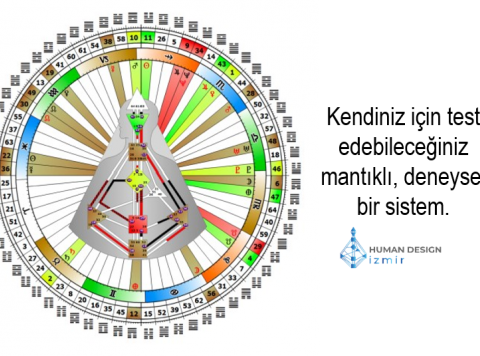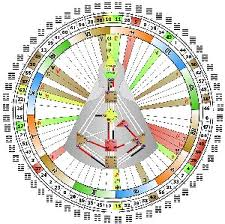
Our design process, based on the Double Diamond framework by the UK Design Council, has periods that are divergent and convergent. What Adaptive Leadership, Cynefin and HCD approaches share is a belief that fully understanding and appreciating the problem is the most important part of the work, requiring a commitment to an experimental and learning mindset. Like the Adaptive Leadership model, the Cynefin framework describes how complex challenges require a probe-sense-respond approach.

This makes them more dynamic than those that fall in the complicated category, where problems may be more technical and predictable. Many public sector challenges fall into the complex category, particularly as they are multi-stakeholder, ever-changing, and need to account for human behaviour, emotions and habits. This framework helps sort challenges into five categories: obvious, complicated, complex, chaotic or disorderly, and outlines what response is best suited to each category. The Cynefin frameworkĪnother is the Cynefin framework (pronounced kuh-nev-in) by David Snowden. Public sector challenges are more adaptive than technical, due in large part to the social dimensions mentioned above. One of these frameworks is Heifetz and Linsky’s Adaptive Leadership model, which describes challenges as either adaptive or technical.Ī technical challenge can be resolved with subject matter knowledge and experts (such a building a bridge).Īdaptive challenges are dynamic, unpredictable, seemingly irrational and requires new learning and change in beliefs. Thankfully, there are various frameworks we can use during the act of ‘problematising’ that are aligned to HCD principles. With these things in mind, we need to consider how human-centred design is employed differently in the public sector, taking greater care in the early stages of discovering and defining the problem.

Paints a clearer picture of the wider context in which the problem lies.

WHAT IS HUMAN DESIGN HOW TO

Improved policy, services and products that help address the needs of Victorians.Involving end users in the overall design process leads to greater buy-in and impact. When executed well, an HCD approach leads to the creation of government services that align with people’s needs and desires.


 0 kommentar(er)
0 kommentar(er)
